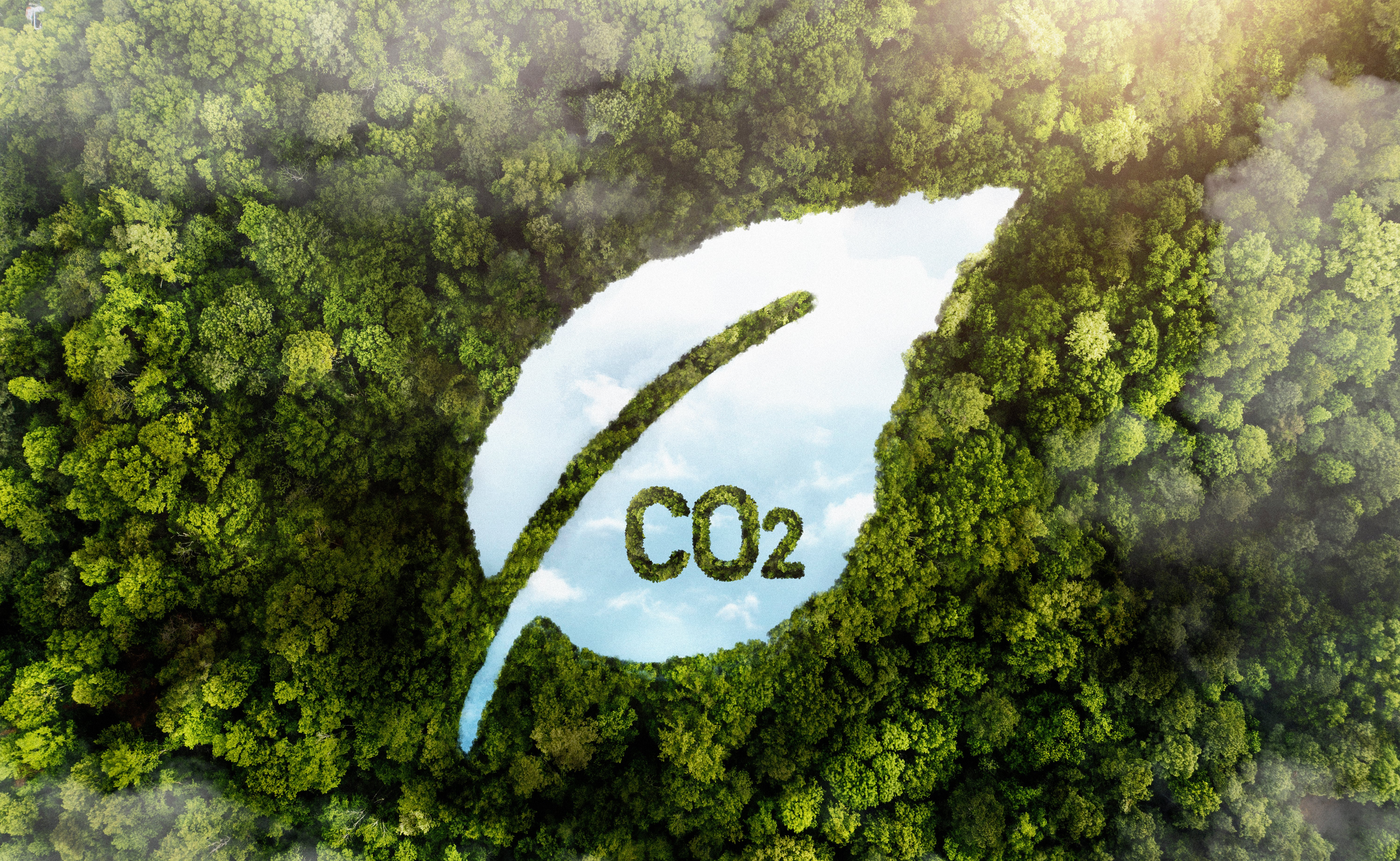Sustainability
Circet Benelux tackles CO2 emissions with 3 science-based targets
-
Extreme weather events, rising sea levels, loss of biodiversity ... The negative effects of climate change are now widely known. The biggest culprit are greenhouse gas emissions. Only by limiting those emissions can we prevent worse things from happening. Circet Benelux's vision in this is all clear: we want to do what science says is necessary to turn the tide. This article explains what that means in practice.
What preceded.....
A towering cliché, but there's no getting around it when it comes to our carbon footprint: measuring is knowing. Therefore, in 2023, we mapped our total greenhouse gas emissions for 2022 according to the Green House Gas Protocol, the international standard to quantify greenhouse gas emissions.
That measurement showed us where most of the emissions are. Based on those insights, we were able to set appropriate targets. And we don't say that lightly. We submitted our 3 main emission targets to the renowned Science Based Targets initiative (SBTi).
>> Interview Patrick Block: How Circet makes Sustainability a strategic spearhead

📢 What is the Science Based Targets initiative?
The Science Based Targets initiative (SBTi) is a partnership between several organisations, including the United Nations Global Compact and the World Wildlife Fund (WWF). SBTi is widely regarded as one of the leading bodies on emission reduction targets for companies. For example, by having your targets validated by the SBTi, you will know whether, according to the nature and size of your business, you are doing enough to meet the Paris Climate Agreement. The parties that signed the latter are committed to limiting global warming to no more than 1.5 degrees.
Objective 1: electric mobility
Science Based Target: Reduce emissions from our fleet of cars and mobile equipment by 42% by 2030.
What are we going to do?
Circet's fleet exceeds 1,000 vehicles in the Benelux region. Just over 50% of those vehicles are passenger cars. That is where our primary focus goes. As soon as a car's lease expires, we try to replace it with an all-electric alternative. With success. For example, 104 electric cars have already been provided in Belgium.
To achieve our Science Based Target, however, we need to do more. We must also make our light commercial vehicles more sustainable. Specifically the lightest commercial vehicles can make a difference, even more so when they operate in and around city centres. There, the smaller driving range of an EV is not a problem. Moreover, many of these city centres only allow access to zero-emission vehicles.
No ideal electric alternatives exist today for our heavier vans that are used by our civil teams, for example. We are keeping an eye on the market and follow developments within hydrogen technology and hope to be able to switch over in due course.

🚴Did you know that Circet Benelux also uses cargo bikes?
In some 12 Dutch inner cities, our employees ride cargo bikes to carry out in-home installations for VodafoneZiggo. And in Belgium, too, we plan to dispatch employees by bicycle from strategically located depots. We plan to start a pilot project in 2024.
Objective 2: sustainable procurement
Science Based Target: have 80% of our materials suppliers submit own targets with SBTi by 2028.

What are we going to do?
By material suppliers, we mean both distributors and producers of materials we use for infrastructure construction and maintenance. They provide us with all the tubes, distribution points, connectors, fibre-optic cables ... needed to build tomorrow's infrastructure.
The big advantage is that most of these suppliers are larger companies where sustainability has been on the radar for some time . Like us, they are committed to raising the bar a little higher every day. Be it waste and water management, renewable energy, circular solutions or other sustainability topics. So the motivation is there and many of them are also required to report on sustainability from 2026.
But sweeping your own doorstep is not enough. That is why we bet on collaborations to do even better. For example, we participate in numerous pilot projects:
- Fibreglass is getting thinner and thinner, so the current 7*14/10mm diameter tubes can eventually be reduced to 10/8mm, for instance. That would save a lot of material.
- Cuttings from plastics too often end up in residual waste. We want to rectify that problem at source. To this end, suppliers can contribute through pre-mounting, for example. Another option is to generate separate waste streams and recycle them into new raw materials for other products.
- Putting biodegradable pipes in the ground can have a big environmental benefit. With our partners, we are looking at methods to evaluate the impact on all stakeholders.
- How can we incorporate recycled material into pipes without sacrificing quality? And what do we do with our materials after they have served their purpose? For such questions, we look for sustainable solutions together.
Objective 3: like-minded subcontractors
Science Based Target: Reduce emissions from 90% of our subcontractors by 25% by 2030.
What are we going to do?
This target is perhaps the most challenging. The reason: 90% of our subcontractors means we are talking about dozens of companies. In Belgium, for instance, we work with more than 100 subcontractors, in the Netherlands with over 50 subcontractors.
There are some larger parties among them, but most of our subcontractors are smaller parties, such as freelancers and micro-enterprises (up to 10 employees). They equally want to contribute to a better world, but sometimes lack the clout or resources to take concrete action. Think electric vehicles, more sustainable tools and purchasing green electricity.
How can Circet assist them to still reduce emissions?
Our biggest focus is on guidance and motivation through a variety of initiatives. This includes sharing knowledge on electric vehicles and excavators. Which brands exist? And what are the pluses and minuses? But equally, we will bet on framework contracts with car dealers and leasing companies to also try to offer our subcontractors a group benefit for electric vans.
In addition, we will anchor our sustainability ambitions in our contracts with subcontractors, just as our customers do with Circet Benelux. This too will contribute to a greener way of working.
Finally, the environment in which we work is becoming stricter: in many cities, polluting vehicles will (soon) no longer be allowed access. We have no influence on public policy ourselves, but it will force us and our subcontractors to move faster.
In this way, we aim to remove as many financial, informational and practical barriers as possible in the coming months and years to reduce emissions from our subcontractors.
-
